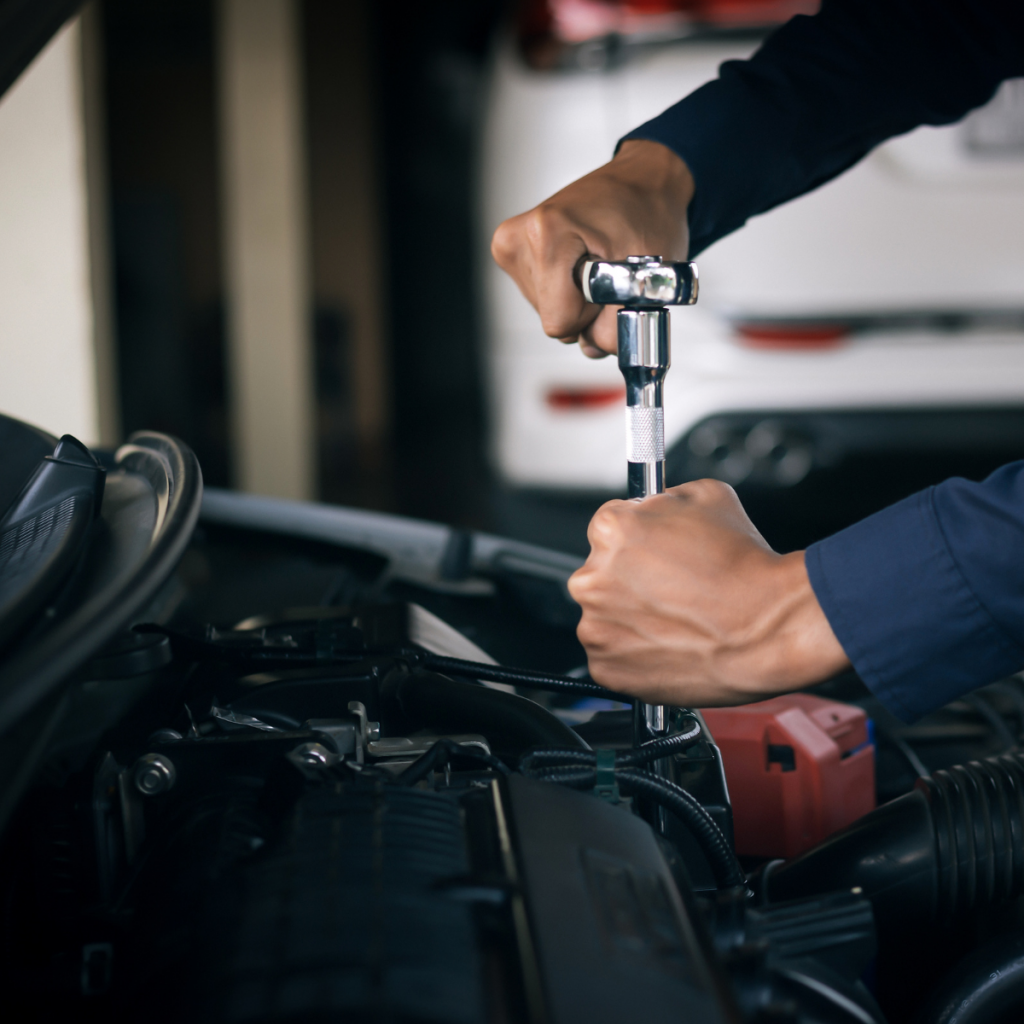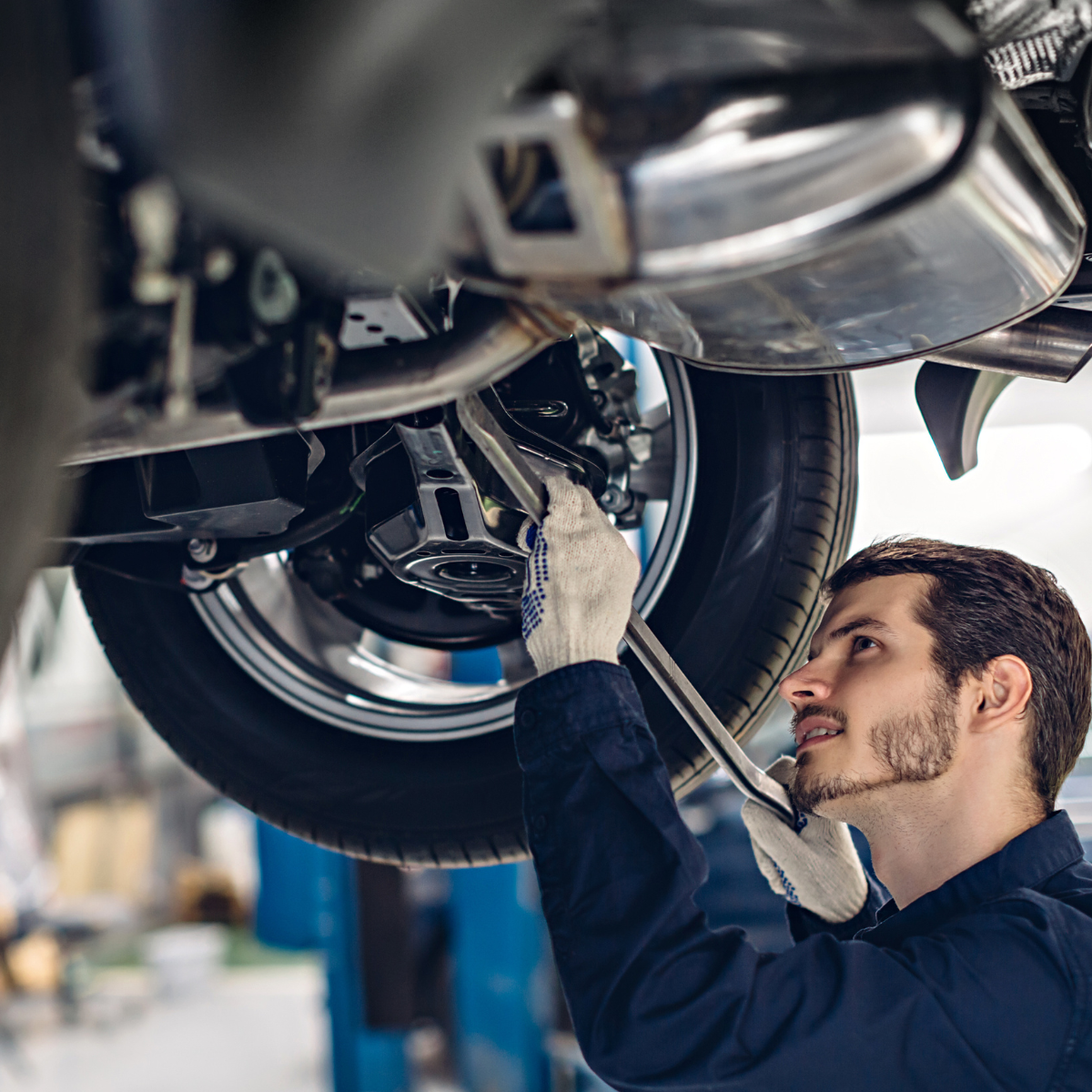Keeping your car in top shape requires consistent, preventive maintenance that not only enhances performance but also extends the vehicle’s lifespan and reduces the risk of costly repairs. Whether it’s checking fluid levels, inspecting belts, or replacing filters, simple steps can go a long way. In this guide, we’ll explore the top 10 essential car maintenance tips to help ensure a smooth ride in any season. Each tip is tailored to help you stay ahead of potential issues, improve fuel efficiency, and keep your car running reliably.
1. Regular Oil Changes
Changing your engine oil regularly is one of the most essential maintenance tasks. Oil lubricates the engine, reducing friction among its moving parts and preventing overheating. With time, oil degrades and can become filled with contaminants, losing its effectiveness. While many car manufacturers recommend oil changes every 5,000 to 7,500 miles, always refer to your vehicle’s manual for the most accurate interval. Using high-quality or synthetic oil can extend the time between changes and even improve engine efficiency.
2. Maintain Tire Pressure and Rotate Tires
Tires impact more than just your car’s smoothness; they also play a significant role in fuel efficiency, braking, and safety. Monthly checks of your tire pressure can prevent issues related to under-inflated or over-inflated tires, which can cause premature wear or even lead to blowouts. Additionally, tire rotation—recommended every 5,000 to 7,500 miles—promotes even tread wear, enhancing traction and extending tire life. Properly maintained tires can save you money on fuel and improve handling, especially in wet or icy conditions.

3. Check and Refill Fluids Regularly
Aside from engine oil, your car relies on several essential fluids, including coolant, brake fluid, transmission fluid, and power steering fluid. Each fluid plays a critical role in your car’s operation: coolant keeps the engine from overheating, brake fluid ensures effective stopping power, transmission fluid lubricates the transmission, and power steering fluid aids in steering control. Regularly inspect these fluid levels and top them off as needed. Keeping fluids at optimal levels helps prevent breakdowns and ensures smoother driving.
4. Inspect Brakes and Replace Brake Pads
Your car’s braking system is crucial to safety, making it essential to inspect and maintain regularly. Listen for unusual sounds like squealing or grinding when braking, as these can indicate worn brake pads. Checking the brake pads, rotors, and brake fluid levels at least twice a year can prevent damage to more expensive parts, like the rotors. Routine brake inspections, ideally every time you rotate your tires, can give you peace of mind and ensure a safer driving experience.
5. Battery Care: Keep it Charged and Clean
A well-maintained battery is essential, especially in winter and summer when extreme temperatures can strain its performance. Regularly check the terminals for corrosion and clean them to ensure a good connection. If your battery is over three years old, consider having it tested by a professional to see if it needs replacing. Keeping your battery clean and fully charged can prevent inconvenient breakdowns and keep your car starting reliably.
6. Replace Air Filters for Better Engine Performance
The engine air filter prevents dirt and debris from entering the engine, allowing it to breathe properly. A clogged filter reduces airflow, which can decrease fuel efficiency and even harm engine components. Replace your air filter every 12,000 to 15,000 miles, or more frequently if you drive in dusty areas. A clean air filter can improve acceleration, reduce emissions, and enhance fuel economy, helping your car run more efficiently.
7. Monitor Belts and Hoses
Belts and hoses are vital to your car’s cooling and engine systems. Over time, they can become brittle or develop cracks, causing serious issues like overheating or system failures. Inspect belts and hoses every six months, and look for signs of wear such as fraying or bulging. Replacing worn belts and hoses before they break can save you from costly repairs and prevent unexpected breakdowns on the road.

8. Maintain Your Cooling System
The cooling system regulates the temperature of your engine, preventing it from overheating. Routinely check your coolant level and inspect hoses for leaks or signs of wear. It’s also wise to flush and replace the coolant every 30,000 miles or as recommended in your owner’s manual. Proper cooling system maintenance keeps your engine protected, especially during extreme weather conditions, and prevents costly damage from overheating.
9. Keep Your Car Clean, Inside and Out
Regularly washing your car isn’t just about aesthetics—it’s also essential for preventing corrosion and protecting the paint. Dirt, grime, salt, and other road contaminants can lead to rust, especially on the undercarriage. A good wash every couple of weeks, particularly after exposure to salt or mud, can help preserve your car’s exterior. Waxing every few months adds an extra layer of protection, preventing oxidation and maintaining the paint’s shine. Inside the car, regular cleaning of the upholstery and dashboard keeps it looking new and maintains a pleasant driving environment.
10. Schedule Routine Check-Ups with a Mechanic
In addition to your own maintenance efforts, a professional mechanic can detect problems you might miss. Schedule a comprehensive inspection once or twice a year, or before a long road trip, to catch issues early. Mechanics can perform thorough checks on essential systems, including the exhaust, suspension, and electronic components. These routine check-ups ensure that everything is in optimal condition, enhancing your vehicle’s reliability and longevity.
Additional Tips for a Smooth Running Car
Beyond these essentials, here are a few bonus tips that can make a difference in your car’s performance and longevity:
- Inspect Lights: Regularly check your headlights, taillights, brake lights, and turn signals to ensure they’re functioning properly. This not only keeps you safe but also avoids potential fines for broken lights.
- Replace Wiper Blades: Clear visibility is essential for safe driving. Replace your windshield wipers every 6-12 months, especially if you notice streaking or skipping.
- Watch for Dashboard Warnings: Pay attention to any dashboard warning lights that come on. Addressing issues immediately can prevent minor problems from escalating into major repairs.
- Drive Responsibly: How you drive impacts the wear on your vehicle. Avoid rapid acceleration, heavy braking, and high speeds, which can put extra strain on your car’s engine and brakes.
Conclusion
Staying on top of car maintenance is about being proactive and consistent. By following these top 10 tips, you can enhance your car’s performance, extend its life, and avoid expensive repairs. Whether you’re a daily commuter or a weekend road-tripper, implementing these maintenance habits will keep your vehicle running smoothly all year round, giving you peace of mind on the road.
So, take time to care for your car, and it will reward you with reliable service, improved fuel efficiency, and a longer lifespan. After all, a well-maintained car is not only safer but also more enjoyable to drive, no matter the season.

Leave a Reply